THANK YOU FOR SUBSCRIBING

The Future of Contamination Control in the Pharmaceutical Industry
Kieran Falvey, Director/Principal Consultant, Pharmalliance Consulting Ltd

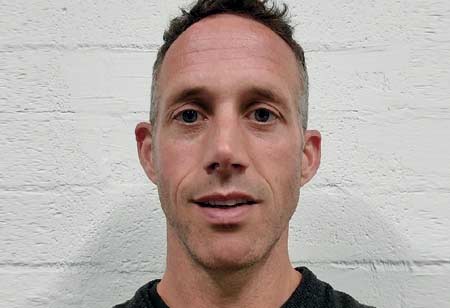 Kieran Falvey, Director/Principal Consultant, Pharmalliance Consulting Ltd
Kieran Falvey, Director/Principal Consultant, Pharmalliance Consulting LtdKieran Falvey is the Founder of Pharmalliance Consulting Ltd, a leading expert in cGMP compliance, remediation, and contamination control. With over 20 years of experience in GMP compliance, risk management, and contamination control, Kieran and his team at Pharmalliance empower organizations to achieve the highest standards in pharmaceutical manufacturing and regulatory compliance. Trusted by clients worldwide, he specializes in delivering innovative solutions that prioritize patient safety and product integrity.
A Journey Rooted in Contamination Control Expertise
With over two decades of experience in contamination control, risk management, and regulatory compliance, my career has been shaped by a passion for pharmaceutical manufacturing and engineering. After earning degrees in Industrial Chemistry and Chemical Engineering, I began my journey as a Project Engineer, focusing on validating Clean in Place (CIP) skids. This early experience highlighted the crucial role of cleaning and sanitization in ensuring product quality.
Over the years, I have held various leadership positions, each enhancing my expertise in contamination control strategies. A defining moment in my career came as Plant Engineering Director at Dynavax Technologies, where I led a multidisciplinary team to execute major investments to improve quality compliance. This role reinforced the importance of cGMP adherence and propelled me towards consultancy, helping pharmaceutical companies implement robust contamination control strategies.
Emerging Trends in Contamination Control and the Impact of EU Annex 1
The pharmaceutical industry is undergoing a transformative shift, with contamination control becoming more stringent and technology-driven. The revised EU Annex 1 guidelines emphasize a proactive approach to contamination control, requiring a structured and systematic risk management strategy.
Annex 1 has accelerated the adoption of advanced contamination control technologies such as Barrier Technologies, Restricted Access Barrier Systems (RABS), and isolators. These innovations create physical barriers between the product and contaminants, significantly reducing contamination risks. Additionally, the guidelines promote continuous environmental monitoring and robust validation processes to ensure contamination control measures remain effective and sustainable.
The Future of Contamination Control: A Decade of Innovation
Over the next decade, the pharmaceutical industry will likely integrate digital technologies and automation in contamination control strategies. Advanced analytics, machine learning, and AI will predict and mitigate contamination risks. Continuous manufacturing processes and real-time monitoring systems will ensure higher product quality and consistency.
At Pharmalliance Consulting Ltd, we are investing in the latest technologies and training our team to leverage these tools effectively. We are developing a unique contamination control digital solution, helping our clients stay ahead of regulatory requirements and maintain high standards of product safety and efficacy.
"A well-executed contamination control strategy hinges on education and training, ensuring personnel are well-versed in Good Manufacturing Practices, Standard Operating Procedures, and the latest regulatory updates to maintain a contamination-free environment"
The Role of Education in Effective Contamination Control
A well-executed contamination control strategy hinges on education and training. Personnel must be well-versed in Good Manufacturing Practices (GMPs), Standard Operating Procedures (SOPs), and the latest regulatory updates to maintain a contamination-free environment.
To address this need, Pharmalliance Consulting Ltd is co-developing a micro-credential in Contamination Control for the Pharma and Biopharma industries in collaboration with University College Cork (UCC) and Munster Technological University (MTU). This initiative aims to equip professionals with the skills and knowledge necessary to implement best practices in contamination control effectively.
Choosing the Right Tools and Frameworks for Contamination Control
Selecting the right tools and frameworks for contamination control is essential for ensuring regulatory compliance and optimizing operational efficiency in pharmaceutical manufacturing. At Pharmalliance Consulting Ltd, we offer tailored solutions to meet our clients' needs, whether they prefer traditional documentation formats like Word and Excel or advanced digital solutions. Our approach ensures alignment with key regulatory guidelines, including EU GMP Annex 1 and FDA regulations.
In addition to documentation, integrating cutting-edge technologies is crucial for effective contamination control. Barrier Technologies, Restricted Access Barrier Systems (RABS), and Isolators are transforming the industry by providing varying levels of physical separation between operators and products, significantly minimizing contamination risks. Barrier Technologies create controlled environments that limit exposure, while RABS offers a flexible solution that combines the benefits of cleanrooms and isolators. Isolators maintain a completely sealed and positively pressurized environment, ensuring sterility throughout the manufacturing process.
Pharmalliance Consulting Ltd stays at the forefront of these technological advancements, helping clients implement the most effective and innovative contamination control measures for optimal patient safety and product integrity.
Key Considerations for Developing a Robust Contamination Control Strategy
For pharmaceutical companies aiming to enhance their contamination control measures, the following considerations are essential:
1. Tailored Risk Assessment – Understanding specific contamination risks is crucial for developing a customized strategy.
2. Facility and Equipment Design – Thoughtful facility and equipment planning minimizes contamination potential.
3. Regulatory Compliance and Scalability – Ensuring alignment with evolving industry standards while maintaining scalability for future growth.
4. Continuous Monitoring and Training – Regular risk assessments and ongoing employee training are vital for maintaining contamination control effectiveness.
One common pitfall is underestimating the effort required for continuous contamination risk assessment. Companies must also invest in regular training and education to keep employees informed of best practices.
A Phased Approach to Contamination Control
At Pharmalliance Consulting Ltd, we advocate for a phased approach to contamination control. By starting with pilot programs and gradually scaling up, pharmaceutical companies can mitigate risks and ensure a smooth transition to advanced contamination control practices.
The future of contamination control in the pharmaceutical industry is being shaped by advancements in digital technologies, automation, and regulatory frameworks. By embracing these changes, companies can ensure compliance, enhance operational efficiency, and maintain the highest standards of product quality.
Read Also



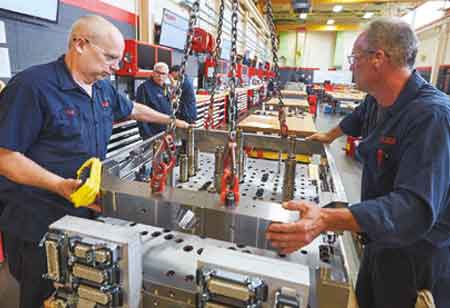
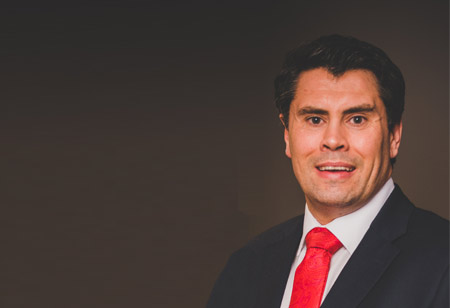

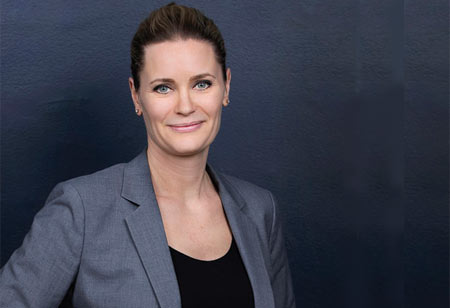
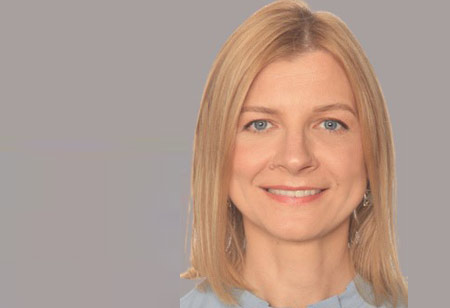

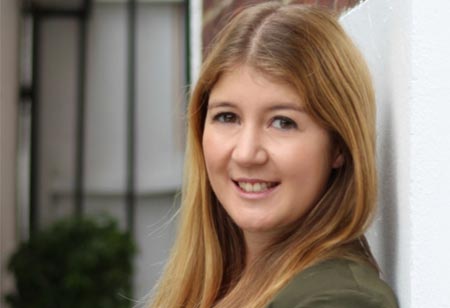
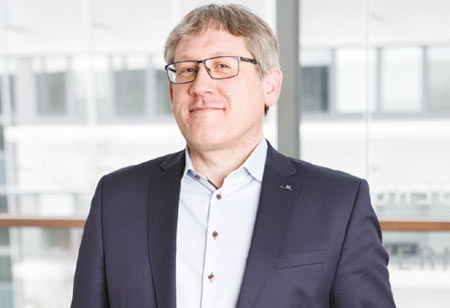


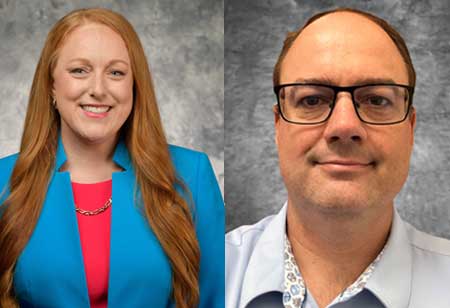

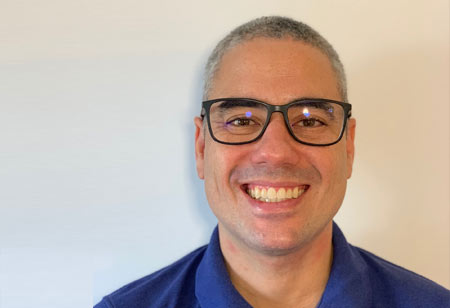

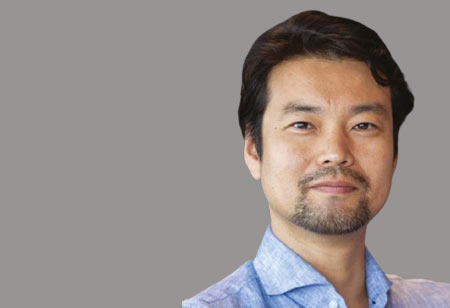



ON THE DECK